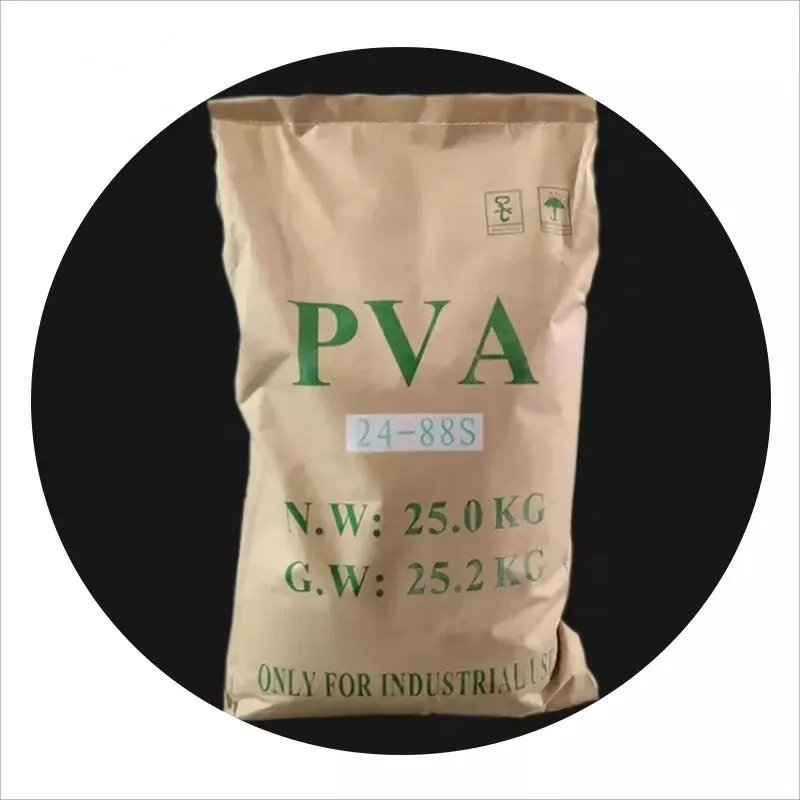The Versatile World of Ceramic Adhesives
Ceramic adhesives play a vital role in a myriad of applications, demonstrating their remarkable versatility and effectiveness across various industries. These specialized adhesives are formulated to bond ceramic materials together or to other substrates, providing a robust solution for both structural and decorative purposes. The unique properties of ceramic adhesives make them indispensable for numerous applications, ranging from construction and manufacturing to art and craftsmanship.
One of the defining characteristics of ceramic adhesives is their high-temperature resistance. Many ceramic adhesives can withstand extreme temperatures, making them ideal for use in environments where heat is a significant factor. For instance, in the automotive and aerospace industries, ceramic adhesives are commonly employed to bond components subjected to high thermal stress. This capability is crucial for maintaining the integrity and performance of vehicles and aircraft, where any failure in bonding could lead to catastrophic consequences.
In addition to their thermal stability, ceramic adhesives also possess excellent chemical resistance. This property is particularly beneficial in industries such as chemical processing, where components may be exposed to harsh chemicals and corrosive environments. The ability of ceramic adhesives to resist degradation ensures that bonded joints remain strong and durable, even in challenging conditions.
The versatility of ceramic adhesives extends to their application methods as well. They can be applied in various forms, including paste, liquid, or powder, depending on the specific requirements of the project. The choice of form often hinges on factors such as the size of the components being bonded, the environmental conditions, and the desired curing time. For example, paste adhesives are often used for intricate applications in pottery and sculpture, enabling artists to achieve detailed designs with ease.
ceramic adhesives

Furthermore, ceramic adhesives can bond not only ceramics but also other materials such as metals, glass, and certain plastics. This property expands their utility across diverse fields, including electronics, where ceramic adhesive bonds components to circuit boards, ensuring both stability and conductivity. By enabling the integration of different materials, ceramic adhesives contribute to the innovation and advancement of multidisciplinary projects.
The environmental impact of ceramic adhesives is also a priority for manufacturers. Many modern formulations are designed to be eco-friendly, utilizing sustainable materials and minimizing harmful emissions. This shift towards greener alternatives reflects a growing awareness of the need for sustainability in manufacturing processes, promoting a healthier planet without sacrificing performance.
When selecting a ceramic adhesive, it is essential to consider various factors, including the materials being bonded, the intended use of the final product, and the environmental conditions it will encounter. Specifications such as curing time, bond strength, and thermal resistance should also be evaluated to ensure the chosen adhesive meets the project's requirements.
In conclusion, ceramic adhesives serve as an integral component in a wide range of applications due to their exceptional properties and adaptability. From providing structural integrity in high-performance environments to enabling artistic expression in craftwork, their impact is felt across numerous domains. As technology continues to evolve, so too will the formulations and applications of ceramic adhesives, paving the way for even greater innovations in bonding solutions. Whether in a factory, a workshop, or a laboratory, ceramic adhesives undoubtedly enhance the functionality and longevity of products, making them a cornerstone of modern manufacturing and design.
-
Rdp Powder: Key Considerations for Wholesalers in the Building Materials IndustryNewsJul.08,2025
-
Key Considerations for Wholesalers: Navigating the World of Hpmc - Based ProductsNewsJul.08,2025
-
Hpmc Detergent: Key Considerations for WholesalersNewsJul.08,2025
-
Key Considerations for Wholesalers: China Hpmc For Tile Adhesive, Coating Additives, Concrete Additives, and MoreNewsJul.08,2025
-
Crucial Considerations for Wholesalers: Navigating the World of Construction MaterialsNewsJul.08,2025
-
Key Considerations for Wholesalers Sourcing Additive For Cement, Additive For Concrete, Additive For Putty from Additive Manufacturer Shijiazhuang Gaocheng District Yongfeng Cellulose Co., Ltd.NewsJul.08,2025




